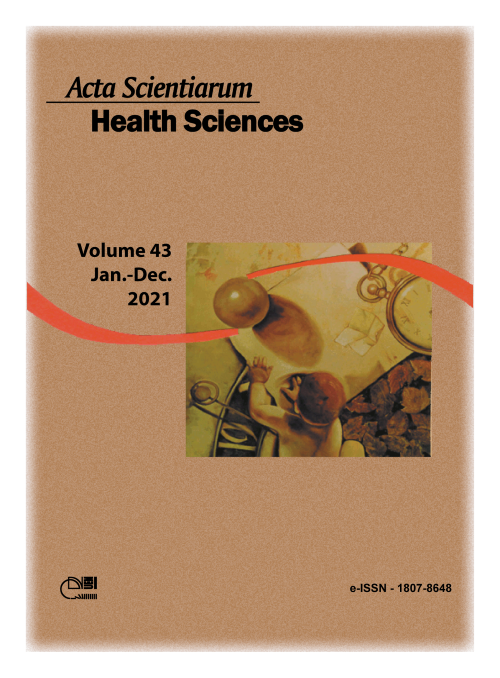Antioxidant activity and hypoglycemic effect assessment of the leaves from Syzygium cumini (L.) Skeels in Wistar rats
Abstract
Syzygium cumini (L.) Skeels was adapted to the climatic conditions and soil types in Brazil. Its fruits, leaves and inner bark are used in folk medicine due to their high antioxidant, anti-inflammatory, anticarcinogenic and antidiabetic activities mainly associated with the presence of phenolic compounds. It is estimated that at least 300 million people worldwide develop diabetes and approximately 11 million people are carriers of the disease in Brazil. The objective of this work was to evaluate the in vitro antioxidant activity, as well as the hypoglycemic action of hydroethanolic extract (HEE), the ethyl acetate (EAF) and hydromethanolic (HMF) fractions from leaves of S. cumini (L.) Skeels in rats. All assays were carried out in three replications. Data were expressed as mean ± SD and significance was evaluated by ANOVA and Bonferroni test (p < 0.05). The results indicate a significant (p < 0.05) total phenol content (207 ± 2.3 GAE mg g-1) and antioxidant activity (EC50 = 9.05 ± 0.170 µg mL-1) for EAF. HEE and its fractions showed no significant (p > 0.05) action to modulate glucose by the OGTT assay in nondiabetic mice compared to control. Thus the use of the plant against diabetes in individuals is not proven.
Downloads
DECLARATION OF ORIGINALITY AND COPYRIGHTS
I Declare that current article is original and has not been submitted for publication, in part or in whole, to any other national or international journal.
The copyrights belong exclusively to the authors. Published content is licensed under Creative Commons Attribution 4.0 (CC BY 4.0) guidelines, which allows sharing (copy and distribution of the material in any medium or format) and adaptation (remix, transform, and build upon the material) for any purpose, even commercially, under the terms of attribution.
Read this link for further information on how to use CC BY 4.0 properly.























5.png)







